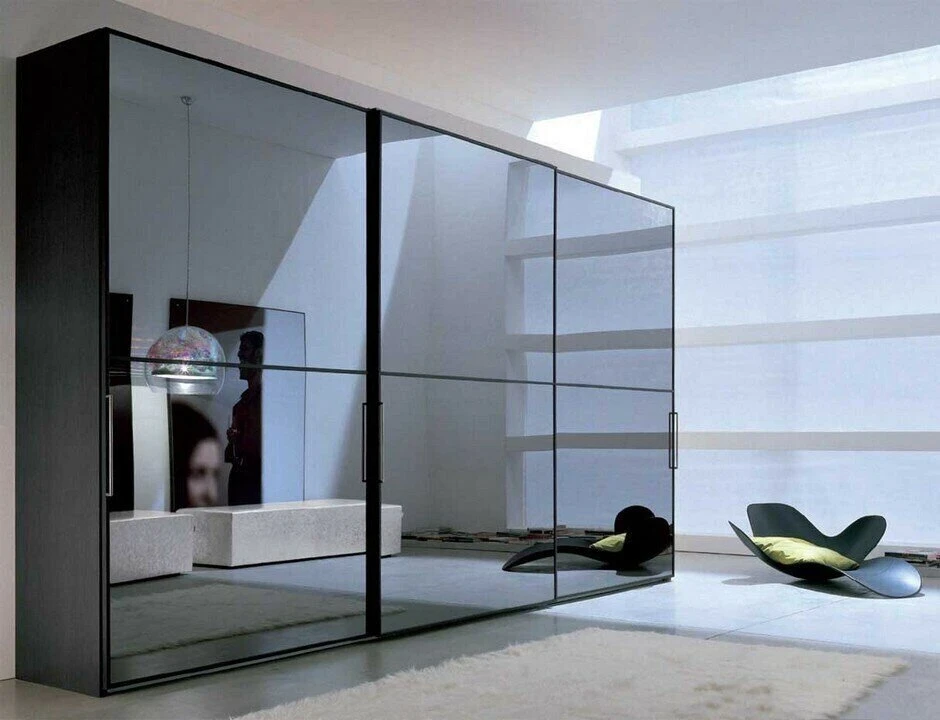

The Art and Innovation of Patterned Glass Factories
Patterned glass, an exquisite blend of art and functionality, has garnered significant attention in both architectural design and interior decor. The legacy of patterned glass factories is rich, deeply rooted in centuries of craftsmanship, and exemplifies the marriage of aesthetic appeal and practical application. This article delves into the history, processes, and modern relevance of these specialized factories.
Historically, the production of patterned glass can be traced back to ancient civilizations. The primary purpose was to create ornamental effects while simultaneously providing privacy. In medieval Europe, artisans began to experiment with techniques such as rolling and pressing molten glass to produce captivating textures and designs. These early methods laid the groundwork for the intricate patterns we see today, ranging from simple geometric shapes to complex floral motifs.
The Art and Innovation of Patterned Glass Factories
Today, the process of making patterned glass still involves a careful blend of traditional techniques and modern technology. Factories utilize advanced machinery to create patterns through methods like embossing, etching, and sandblasting. These processes involve manipulating the surface of the glass to create textures that play with light, enhancing both aesthetic and functional qualities. The choice of design can vary widely – from the subtlety of frosted glass that diffuses light gently to bold retro patterns that can serve as a statement piece in any setting.

In addition to its decorative qualities, patterned glass serves numerous practical purposes. It is commonly employed in settings where privacy is desired without sacrificing natural light. For instance, patterned glass is often used in bathrooms, conference rooms, and entryways where visibility needs to be controlled. Furthermore, its decorative qualities extend to furniture, lamp shades, and window treatments, providing an added dimension to interior spaces.
Sustainability has become an essential aspect of modern glass production, with many patterned glass factories embracing eco-friendly practices. Using recycled materials and implementing energy-efficient production methods not only minimizes their environmental footprint but also appeals to a conscientious consumer base. This shift reflects a broader trend within industries worldwide to prioritize sustainability without compromising quality or design.
As we move into the future, patterned glass factories continue to evolve, driven by technological advancements and shifting consumer preferences. Innovations such as digital printing allow for even greater flexibility and customization, enabling designers to realize their visions with unparalleled precision. Whether in historic restorations or contemporary builds, patterned glass is poised to remain a staple in architecture and design.
In conclusion, the legacy of patterned glass factories is one of artistry and innovation. Their ability to combine functional needs with artistic expression ensures that patterned glass will continue to occupy a prominent place in our environments. As artisans and industries push the boundaries of what is possible, we can expect to see even more captivating creations emerging from these factories, captivating the hearts and minds of generations to come.